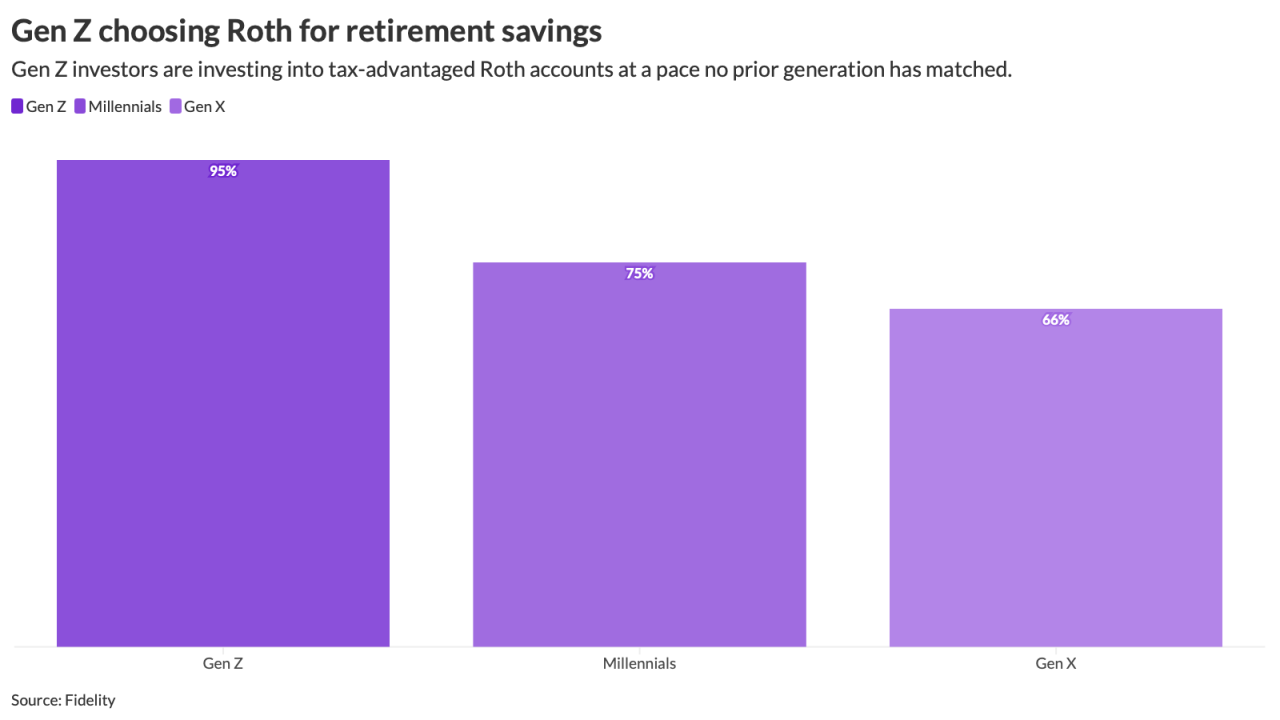The Department of Health and Human Services recently issued proposed regulations that could require health insurers to publicly disclose and explain substantial health insurance premium increases.
According to HHS officials, "state-specific thresholds would be set using data and trends that better reflect cost trends particular to each state." In addition, an insurance company’s rationale for huges increases will be posted on
The proposed rule will also allow states with effective rate review systems to continue with those reviews. However, if a state doesn’t have the resources or authority to proceed with a comprehensive actuarial review,
The agency, however, will continue to make funds available to states to toughen their rate review processes. HHS reports that it has awarded $46 million to 45 states and the District of Columbia "to help them improve their oversight of proposed health insurance rate increases."
The Patient Protection and Affordable Care Act granted $250 million to help states to improve or create rate review processes to ensure health insurers seek reasonable rate increases. In 2014, PPACA requires states to drop health plans with a track record of excessive premium increases from the new health insurance exchanges.
"The proposed rate review policy will empower consumers, promote competition, encourage insurers to do more to control health care costs and discourage insurers from charging premiums which are unjustified," explains Jay Angoff, director of HHS’ Office of Consumer Information and Insurance Oversight.
According to the federal government, since 1999, average premiums for family coverage have increased 131%.
"We agree that states are best suited to review premiums because they have the experience, infrastructure, and local market knowledge needed to ensure that consumers are protected and health plans are solvent," says Karen Ignagni, president and CEO of America’s Health Insurance Plans.
However, "the federal government is not in position to make these assessments," she adds.
"While the proposed rule gives consideration to the impact of rising medical costs, it also establishes a threshold for review that is incomplete because it does not adequately factor in all of the components that determine premiums, including the cost of new benefit mandates and the impact of younger and healthier people dropping coverage."
Ignagni further explains that "premium review must consider the unique circumstances of small employers that are struggling to afford coverage for their employees." This also includes "the individual market in which people move in and out of coverage depending on whether they anticipate needing medical services," she explains. " It is also important to remember that the new federal law already caps health plans' administrative costs and profits."





